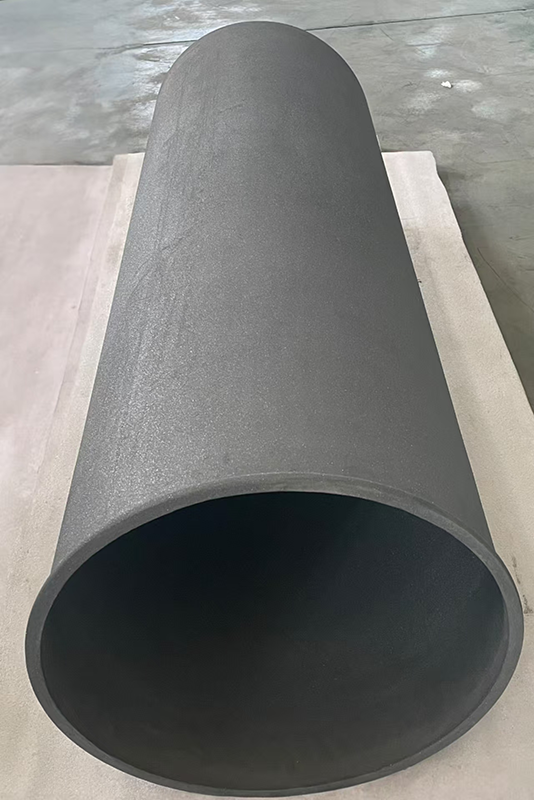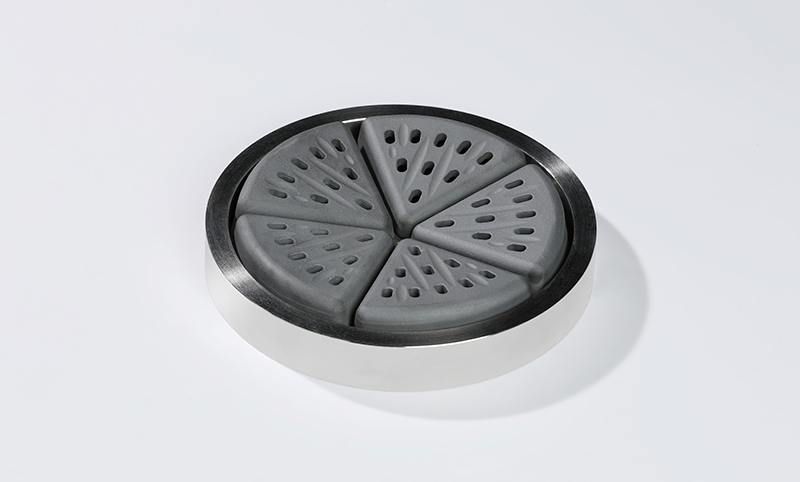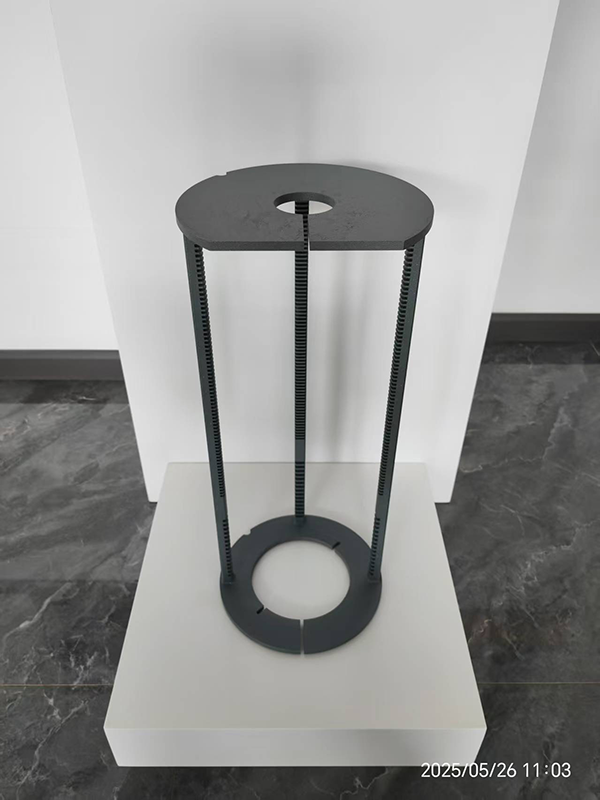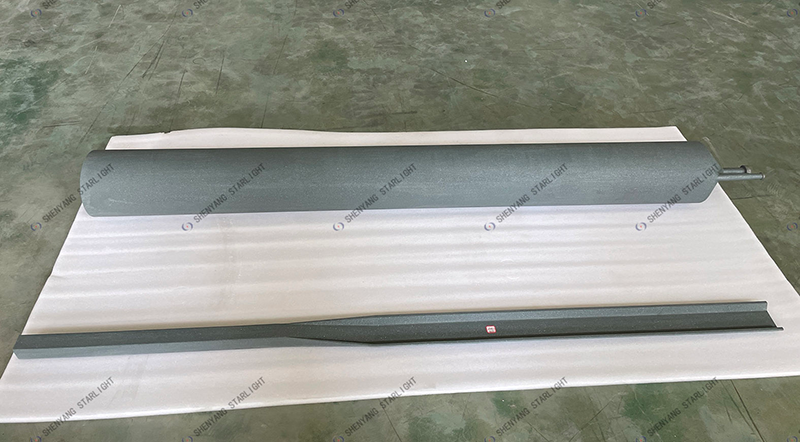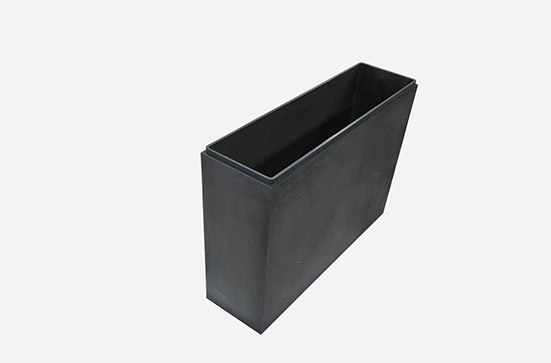
Semiconductor Product Process Discussion Meeting
2025-09-12 11:37
Shenyang Starlight Advanced Ceramics: A 30-Year Legacy Pioneering Silicon Carbide Transition to Semiconductor Frontiers
Shenyang Starlight Advanced Ceramics Co., Ltd., a trailblazer in silicon carbide manufacturing with three decades of expertise, is strategically transitioning from traditional kiln furniture production to semiconductor-grade solutions. Leveraging its deep-rooted technical prowess and global supply chain capabilities, the company is poised to redefine precision silicon carbide components for next-generation chip manufacturing.
From Kiln to Chip: A Strategic Evolution
Founded in 1995 as a Sino-German joint venture, Shenyang Starlight initially focused on industrial kiln components, earning recognition as a national high-tech enterprise and exporting products to over 20 countries . With the semiconductor silicon carbide market projected to exceed $10 billion by 2028, the company began diversifying in 2019 by establishing its advanced materials division, targeting high-purity silicon carbide structural parts for semiconductor equipment .
“Our shift aligns with China's push for semiconductor self-reliance,” said CEO Mr Xing. “silicon carbide's thermal stability and purity make it indispensable for etching, deposition, and wafer handling systems.”
Technological Breakthroughs Driving Transition
1. Ultra-High Purity Material Innovation
The company now produces 4N+ (99.99%) purity silicon carbide powders through proprietary refining processes, eliminating metallic impurities critical for contamination-sensitive semiconductor processes .
Multi-stage sintering (reaction-bonded, recrystallized, and hot-pressed) ensures density >3.1 g/cm³, meeting ASML and TEL specifications for vacuum compatibility .
2. Precision Manufacturing Capabilities
Advanced forming techniques, including isostatic pressing and 3D printing, enable complex geometries like wafer-handling robots and CVD chamber liners with ±0.01 mm tolerance .
Proprietary laser-assisted machining reduces subsurface damage by 60% compared to conventional grinding, crucial for <1 nm surface roughness in lithography stages .
3. Cross-Industry Synergy
Drawing from decades in kiln component R&D, the company adapted thermal shock-resistant designs (originally for ceramic sintering at 1,600°C) to semiconductor rapid thermal processing (RTP) systems, achieving 30% longer service life than quartz alternatives .
Semiconductor Product Portfolio
Wafer Carriers: Recrystallized silicon carbide trays for high-temperature diffusion furnaces, reducing particle generation by 50% versus alumina .
Vacuum Chucks: Low-outgassing silicon carbide electrostatic chucks with embedded cooling channels for EUV lithography systems.
Plasma-Resistant Components: Nitride-bonded silicon carbide shields for etch tools, validated in 500+ hour corrosive plasma tests .
Collaborative Ecosystem Building
Academic Partnerships: Co-developing quantum dot-enhanced silicon carbide coatings with Shenyang University to minimize wafer sticking in high-vacuum environments .
Industry Alliances: Joined the Liaoning Semiconductor Materials Consortium in 2024, sharing silicon carbide processing standards with SMIC and Naura .
Global Certification: Obtained SEMI S2 compliance in Q2 2025, paving the way for Tier 1 foundry approvals .
Challenges and Future Roadmap
While traditional kiln products still contribute 65% of revenue, the semiconductor division targets 40% growth annually through:
Capacity Expansion: Doubling isostatic pressing lines by Q3 2026 to meet 8-inch wafer tool demand.
AI-Driven Quality Control: Implementing machine vision for real-time defect detection during CNC machining.
Circular Economy: Recycling 95% of grinding slurry via patented filtration systems, aligning with ESG goals .
“Our 30-year journey mirrors China's manufacturing evolution,” noted CTO Zhang Wei. “From kiln shelves to chip fabs, we're writing silicon carbide's next chapter—one atomic layer at a time.”
Get the latest price? We'll respond as soon as possible(within 12 hours)
